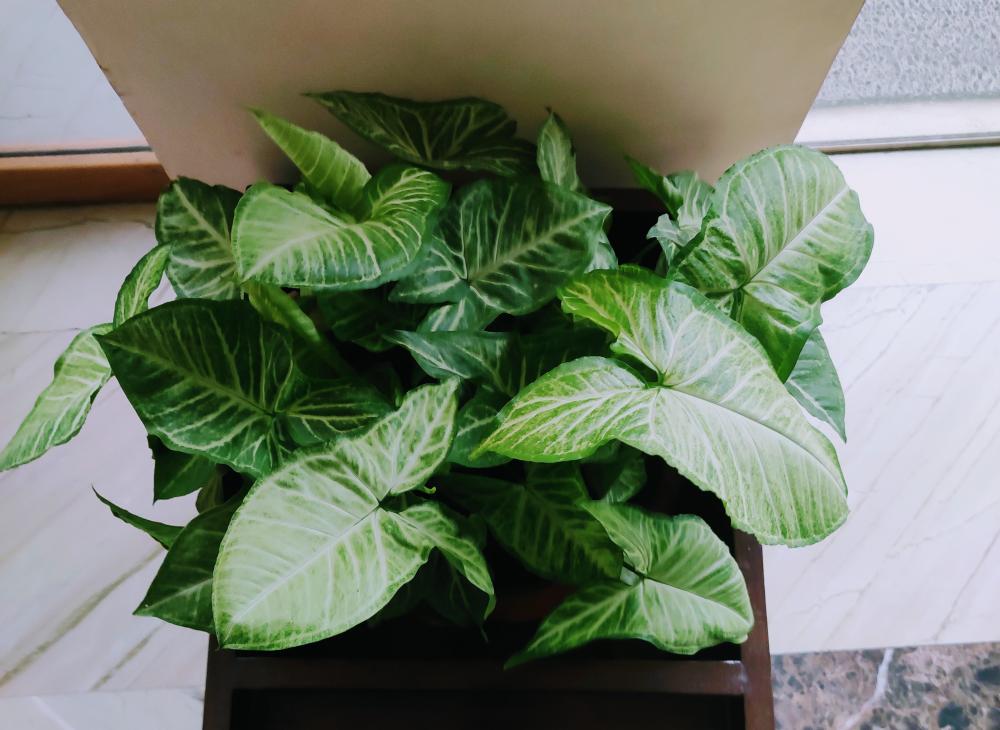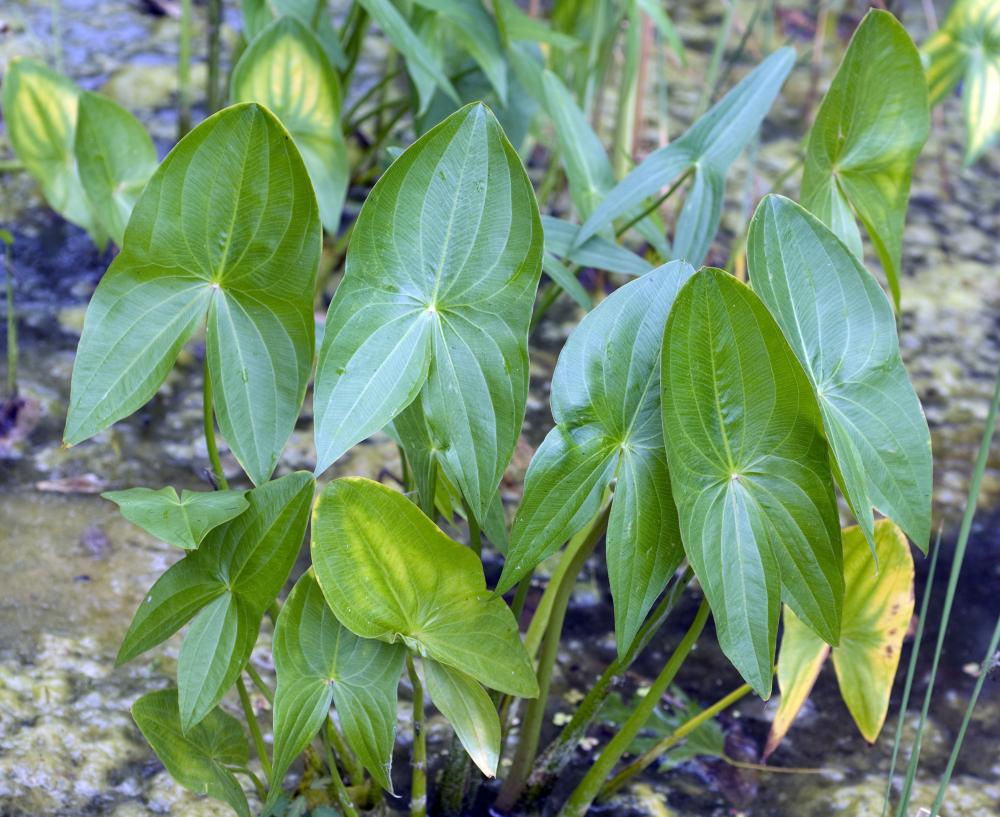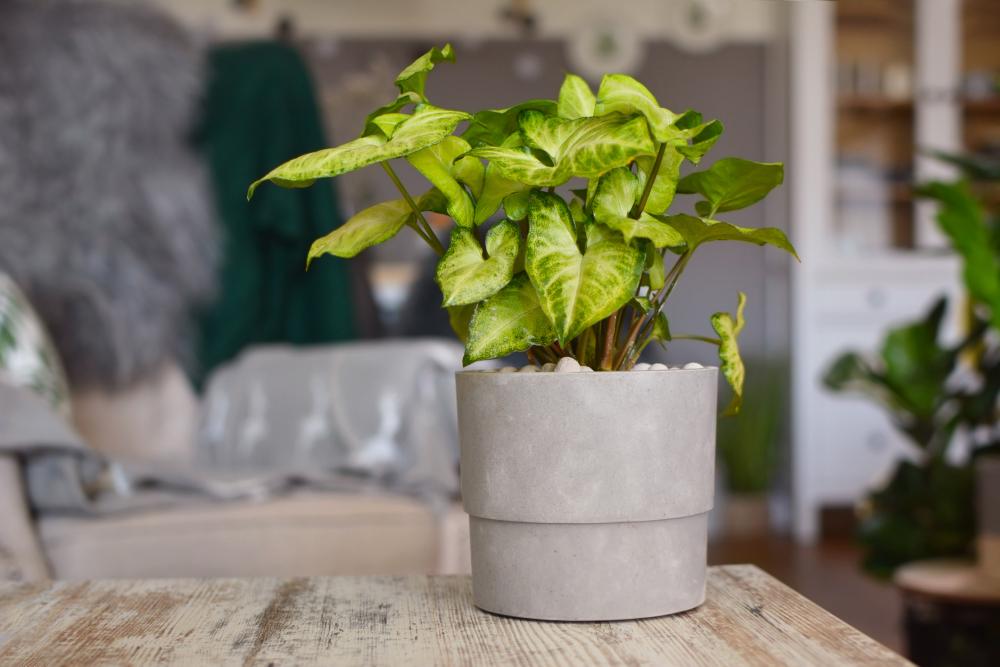Arrowhead Plant Care: How To Grow And Care For Arrowhead Plants
As a houseplant, the arrowhead aims to please. And it does that as low-key as possible. The plant sneaks into your heart slowly and becomes part of your life without you even knowing it. How it does that is anybody’s guess. Maybe it’s the variegated leaves with their classy beauty. Because the arrowhead is not a showboat, its exquisite beauty captivates your senses and blends in the surroundings without effort.
What’s more, you can pair it with different houseplants to create different atmospheres and change the look and feel of your home without going through a lengthy and costly renovation process with unpredictable results.
Read more to find out how to grow the arrowhead as a houseplant and how to take care of it and keep it looking its best all year round.
All About Arrowhead Plants
Native to Mexico, arrowhead plants (Syngonium podophyllum) are known by many names in different regions. Sometimes people call them American evergreen, arrowhead philodendron, nephthytis, arrowhead vine, goosefoot, or African evergreen. Since the ornamental plant has spread to many countries, from Bolivia to the southern parts of the US, it got a different whimsical name every time it got adopted by a new country.
In its natural habitat, the arrowhead clings to the trees and shrubs with the help of its roots. But indoors, it has a less splashy size and appearance. The mature plant will grow to about 5 feet if you let it. You can manage that size and make it more compact with regular pruning. And because of its fast growth rate, you’ll need to keep those pruning shears handy.
On average, you can expect your houseplant to grow about 12 inches every year. The mature plant usually has about 7 leaves in total. The variegated leaves have the shape of an arrowhead which is where the common name of the plant comes from. Each lead can reach 12 inches long easily. And while in the wild, the leaves are usually dark green, you can grow varieties at home that produce attractive variegated leaves with splashes of white, cream, and light green shades.
If you provide the right care for your arrowhead, you can coax it into producing flowers. The blooms are often small and can be either greenish or white. They don’t have a fragrance, and it’s rare for indoor plants to bloom anyway. But overall, the alluring foliage is enough to give this houseplant the center spot in your living room.
Arrowhead Varieties
Even though the natural arrowhead species is beautiful enough, demand for varieties produced new cultivars with variegated leaves. The leaves, for the most part, display patterns of cream and light green, or white and light green. The difference is usually in the density and shape of the patterns and markings. But the size and shape of the leaves vary a little, if at all, among most cultivars. Here are some of those arrowhead varieties to consider in your home.
- Cream Allusion Nephthytis: This is a compact cultivar that stays well within 3 feet limit without much pruning or intervention on your side. The leaves are also medium-sized and have pink shades that go well with the light green blocks of color.
- White Butterfly Arrowhead Vine: As the name implies, this cultivar captivates the audience with its light green leaves which shimmer white in the right light. The edges of the leaves are dark green.
- Strawberry Cream Arrowhead Vine: Place this compact cultivar near a window flooded with sunlight to bring out the different strawberry shades on the otherwise light green leaves. An easy-to-grow hybrid with a low growth rate and even lower maintenance requirements.
- Painted Arrow Nephthytis: The reason for the dramatic name is the splashy cream colors of the leaves. It looks as if a painter threw buckets of paint haphazardly all over the plant to create random patterns on light green backgrounds.
Design Ideas with Arrowhead Plants
As with companion plants in the garden, your houseplants are a little demanding when it comes to which plants to pair them with. If you put a flashy houseplant with broad leaves next to a smaller plant with shy flowers, you risk eclipsing the blooms. And since arrowhead plants have nothing to offer but their stunning leaves, you can grow them alongside compatible plants that complement each other without trying to upstage the other plants. Here are some ideas.
- Sansevieria: Hardy and accommodating, these houseplants can thrive in bright light or partial shade. Their subdued colors go well with the variegated leaves of the arrowhead. They also make for good office plants and grow well on the floor or on shelves.
- Philodendrons: One of the easiest houseplants to grow, and it pairs well with the arrowhead. They both require little maintenance even if the arrowhead plant has a faster growth rate and demands more diligence to keep it in shape and prevent it from overshadowing the demur Philodendrons.
- Dracaena: The main reason you’d want to pair the Dracaena with the arrowhead is that you have more than 120 species of Dracaena to choose from. You can create great pairings that add a splash of cheerfulness and brighten up the room.
How to Grow Arrowhead
What makes growing an arrowhead so easy is that it doesn’t require soil or any potting medium to grow and flourish. It will grow in a jar full of water as easily as it would grow in a pot full of soil. And while starting the houseplant from a stem cutting in a glass of water is simple, it’s not always the most convenient way. So we’ll focus here on growing nephthytis in the soil to make it easier for you to pair it with other houseplants. Here’s how to grow arrowhead plants from a cutting in easy steps.
- Start by looking for healthy stems on a mature plant. You’ll need about 5 cuttings to be on the safe side.
- Use a sterilized blade to cut 6 inches of the stem just below the node.
- Remove the leaves at the bottom half of the cutting and dip the cuttings in root growth hormone, and set them aside.
- For every cutting, fill a jar with water and place the cutting in the jar so that the water touches the lower leaves. Do the same for the other cuttings.
- Place the jars on a window sill that gets the morning sun and change the water every couple of days to prevent mold buildup.
- Roots will start to develop within one to two weeks. When the roots are a couple of inches long, you can transplant the cutting to the pot.
- Fill a medium-size pot with a general-purpose potting mix and add organic materials to give the cuttings a good start.
- Dig a hole in the middle of the pot about 3 inches deep. Take the cutting you prefer out of the water and plant it in the hole. Backfill with potting mix and firm it.
- Water the pot until the excess water flows out of the drainage holes at the bottom.
- Keep the pot in a sunny spot where they get about 6 hours of sun.
Arrowhead Care
Some people prefer to keep the arrowhead plant in the water indefinitely. While that has its advantages since you won’t have to worry about repotting or choosing the right soil, it poses challenges as the water needs to be replaced regularly, and there’s a risk of fungal infection. So we’ll focus our attention on caring for the arrowhead in a soil-filled pot.
Soil
The idea that the arrowhead can grow in water gives you a clue about the type of soil it needs. Normal soil from the garden will prove to be too heavy for the roots of the plant to develop fully. So you will need to create your own potting mix. Use a general-purpose potting mix and add in perlite at a 2:1 ratio. Make sure the potting mix is loose and well-drained. It’s a good idea to make your own potting mix since you’ll need to repot the plant regularly. The pH levels should be as close to neutral as possible. Adjust the pH by adding lime to increase acidity and get a reading somewhere between 5.5 to 6.5.
Water
With the arrowhead houseplant, there’s no fear of root rot, or the plant will suffer in wet soil. However, that’s no reason to keep the soil waterlogged all the time. If you’re growing the plant in soil, then make sure the potting mix is well-drained, and the pot has plenty of drainage holes at the bottom. Water the potted plant enough to get the soil moist. During the growing season, you’ll need to water it regularly between 2 to 3 times a week, depending on the size of the pot and the temperature outside. A good rule of thumb is to check the top one inch of soil. If it’s dry, then it’s time to water it. Cut back on watering when the plant goes into dormancy during the late fall and throughout the winter.
Fertilizer
While the arrowhead can get by even with limited nutrients in the soil, you can still feed it during the spring and summer to encourage lush and bright foliage. However, since this is not a heavy feeder, using regular chemical fertilizers is out of the question. The same goes for organic fertilizers with their off-putting odors. So, if you need to feed the American evergreen, you can use an all-purpose liquid fertilizer and cut it down at half strength. Feed the plant once a month when you water it. After the end of summer, stop fertilizing and allow the evergreen perennial to go into dormancy.
Pruning
The arrowhead always comes with a warning. If you buy it from a local nursery, you’ll probably hear something like, be careful, this is an invasive plant. And that’s true enough. When planted outdoors, the rootlets of the plant will attach themselves to walls and door sills and climb up and cover the whole building. The same thing when the plant is potted. It can climb on the walls and windows. So regular pruning during the growing season will keep its rootlets in check. Cut the stems below the node using sterilized blades. Pruning also helps make the plant bushier and prevents it from getting leggy. When the plant goes dormant, you won’t need to prune it.
Pests and Diseases
While the arrowhead is known to be disease resistant in its natural habitat, growing it as a houseplant exposes it to pests. However, you can deal with pests like aphids, mealy bugs, and spider mites the same way you would with any other plant. Spray them with neem oil or give the plant a good rub with a swab soaked in alcohol.
When the plant is stressed, the leaves might turn yellow, or you might notice burnt leaf tips. Lack of water and dry air can cause those problems. Misting the plant once or twice a week will prevent brown leaf tips, and watering it regularly during the growing season will keep the foliage lush and healthy all year round.


